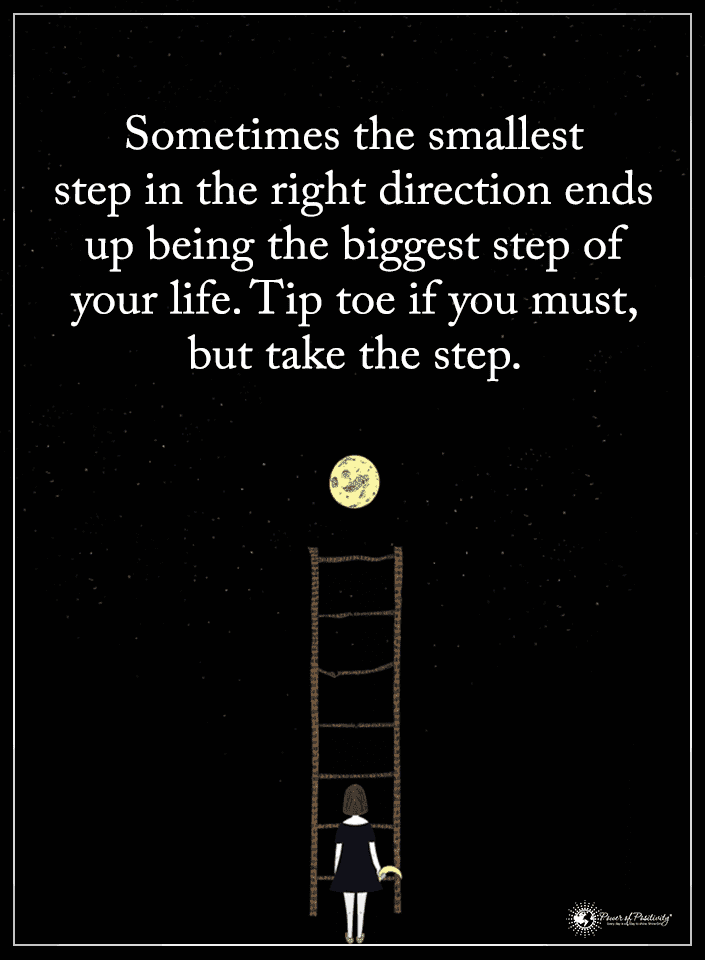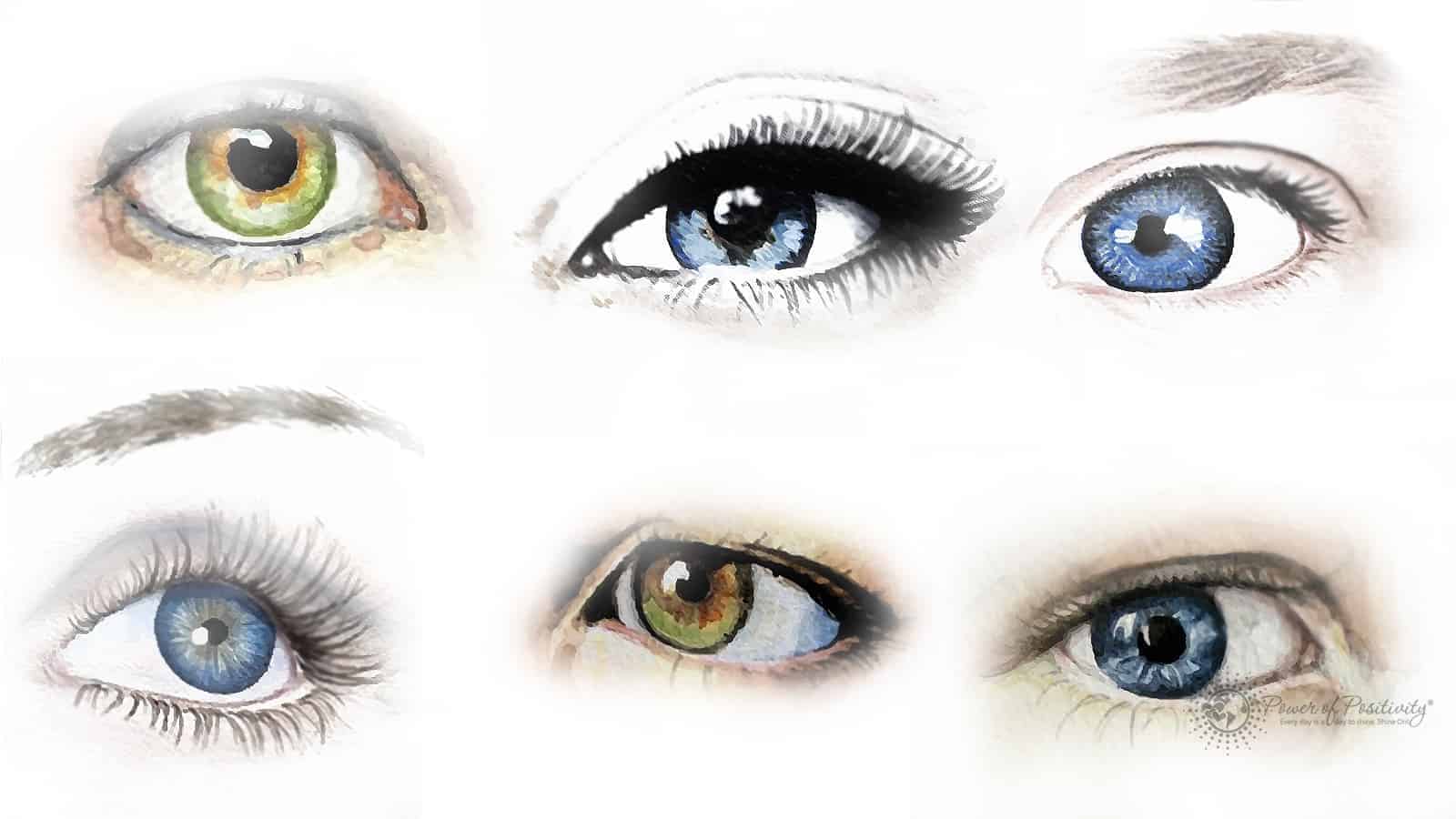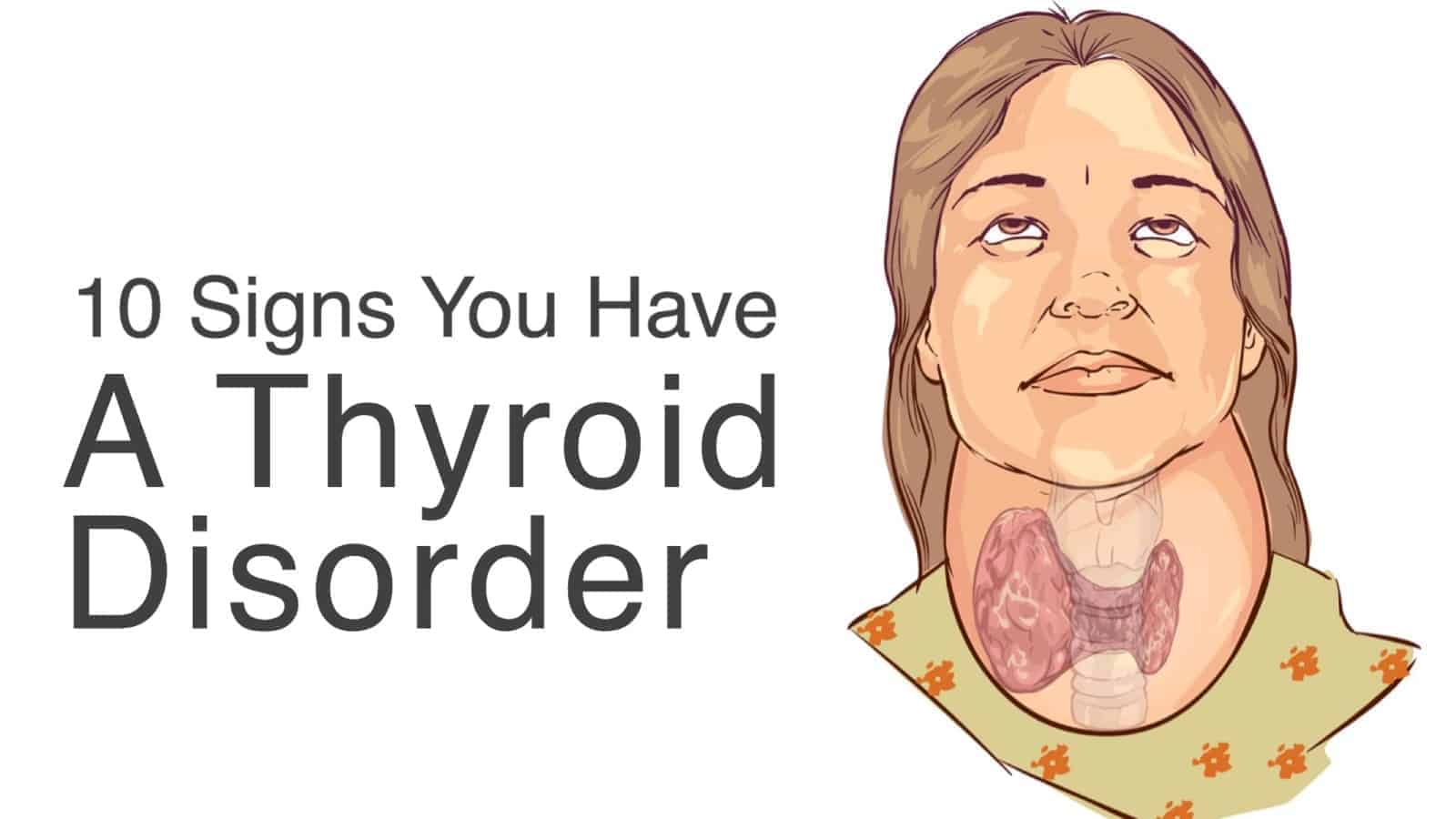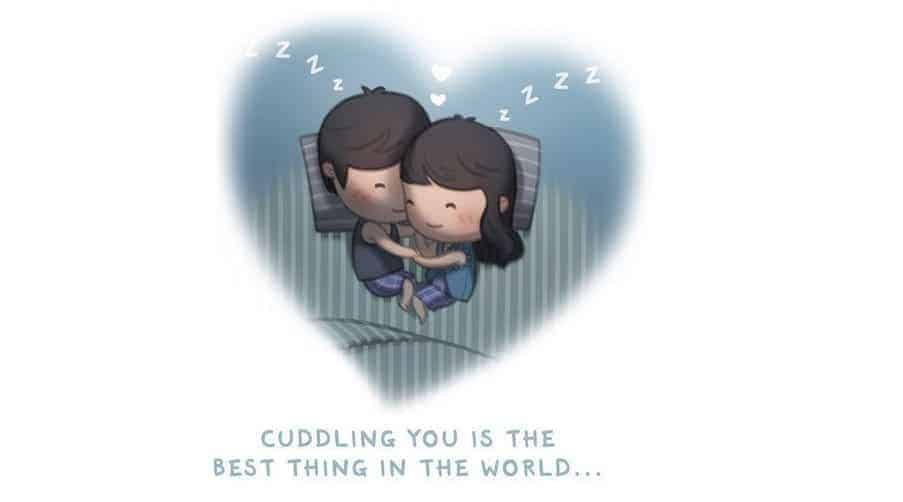Do you have bad habits? If so, you’re not alone. Most (all?) of us are guilty of something of which we are not proud.
So, the question becomes, “if my behavior (thoughts, actions, etc.) makes me ashamed, angry, and guilt-ridden, why can’t I just stop?”
The answer, of course, is not a simple one. This is because the answer is stuck in limbo between the neverending interplay between conscious and subconscious.
It is important to understand three things:
- How and why habits form
- Things that trigger our bad habits
- How to kick them to the curb.
Habit Formation
According to an article in Psychology Today, habit formation “is the process by which behavior, through regular repetition, because automatic or habitual.” In other words, habits are deeply entrenched within our brain’s neural pathways through what we repeatedly do – whether or not we are conscious of the fact. The more that the habit is repeated, the more the behavior becomes automatic.
“If you do not pour water on your plant, what will happen? It will slowly wither and die. Our habits will also wither and die away if we do not give them an opportunity to manifest. You need not fight to stop a habit. Just don’t give it the opportunity to repeat itself.” ~ Swami Satchidananda, The Yoga Sutras
Neuroscientists strongly believe that habit formation occurs in a 3-step pattern:
1. Reminder: The trigger that initiates the behavior.
2. Routine: The behavior itself – the actions we take.
3. Reward: The benefits (real or not) we gain from the habit.
Let’s illustrate a good habit using a daily exercise example:
1. Reminder: The gym clothes laid out the night before.
2. Routine: An hour cardio and weightlifting session.
3. Reward: Feeling better physically and mentally.
Here’s an example of a bad habit using alcohol:
1. Reminder: The bottle of wine atop the refrigerator.
2. Routine: Drinking to excess.
3. Reward: In the short-term, relaxation and fun – but it doesn’t last.
The ‘reward’ defines a bad habit –as the reward slowly becomes regret and dissatisfaction. Though dissatisfied, and due to the brain’s structural and chemical changes, the habit becomes more involuntary and destructive.
Stopping a Habit
(Sidenote: It must be mentioned that if you identify with more than one bad habit, try only working on one at a time. Psychologists have repeatedly demonstrated that ‘willpower’ is a depletable resource – our brain and body run out of energy exercising self-discipline.)
Here are twelve easy ways to stop bad habits
1. Label the habit
What is it that you no longer want to do? Whatever this behavior may be – procrastination, smoking, drinking, overeating, cursing, etc. – specify the habit you want to change. While identifying the habit may sound overly simplistic, it is nonetheless crucial.
These choices are so powerful because they rarely enter our conscious mind. Labeling is a way of directing your shining your energy and attention towards behavior that prefers to operate in the shadows.
2. Find the reward
Researchers explain that we get a reward or pleasure from our vices.
Do you smoke? What kind of reward do you get from smoking? Stress relief is probably smoking’s biggest draw. The act of smoking takes one’s mind off of that annoying coworker, for instance, and induces a sense of relaxation.
The problem with the ‘reward’ of smoking – and most unhealthy choices – is that such pleasures often do not last. Going a step further, our reward for bad habits often turns to regret; regret produces stress, and stress has a way of reinforcing bad habits like smoking!
3. Be Self-aware
Step three gets to the crux of the bad habit: its triggers. Identifying what triggers the bad habit – often a state of anxiety, fear, and stress – allows one to cut off the habitual impulse before it takes hold.
Going back to the smoking example, the body is more likely to crave nicotine’s relaxing effects when experiencing distress. When we’re able to observe our inner state – in this case, distress – we are much less likely to engage in defeating behaviors that result from these states.
4. Be Mindful
Charles R. Swindoll is credited with the saying, “Life is 10 percent what happens to you and 90 percent how you react to it.” This quote is most applicable concerning habits.
When approached with an attitude of mindfulness, quitting a bad habit can be seen as a journey, a difficult journey to be certain, but a journey nonetheless. So the reason is quite simple: we are our worst critics. Our attitude – and how we feel about our attitude – will ultimately determine whether or not we break our cycle of poor choices.
The point is this: do not try too hard. Relax and be self-aware. Practice calmness and embrace difficulty as a part of the process!
5. Break the habit pattern
Habits aren’t bad in and of themselves. You practice habits every day like getting up in the morning, brushing our teeth, showering, and combing your hair-all without thinking much about it. These familiar habits serve you, so you don’t need to think about each and everything you do. You take comfort from the routine. These habits may become bad for you, like overeating or drinking too much, because they damage your mind or body.
Both good habits and bad habits are similar because you can end up doing them without thinking about it. Stepping back and seeing a bad habit’s pattern in your life can help you break free of it. For instance, if you smoke a cigarette or two after dinner every evening, you can break the pattern and instead take a walk every evening after dinner.
This breaks your bad habit pattern, and you can establish a new habit pattern that will still give you a sense of a reward like feeling healthier-without harm.
6. Set new goals
It’s easy to get stuck in bad habit patterns. If you smoke after dinner and want to stop that, you begin to walk, which helps break the habit. But once you’ve broken the pattern, you can take it to the next level. Set goals to do more like walk two blocks instead of one or run around the block. Suddenly, you not only broke the habit pattern, but you’ve also established new goals to motivate you.
The goals should give you a sense of reward and pleasure, so you’ll don’t want to slip back into your old bad habits. These goals get you beyond your bad habit and bring change into your life.
7. Keep a diary
Writing down your daily struggles with a bad habit can help you break the habit. Keep track of what triggers the bad habit or when you’re tempted to do the bad habit. This will help you understand yourself better and give you the ability to stop the bad habit. Keep your notebook with you. Write down your temptations, your feelings as you did to resist the habit.
This will give you a sense of accomplishment, and you’ll feel stronger for not giving in to the bad habit. Go back and reread what you wrote each day. See the patterns, the little victories, and think about what you can do the next day to win the battle over your bad habit.
8. Exercise your self-control muscles
Studies found that regular practicing self-control can help you grow stronger at resisting a bad habit over time. The more refuse a bad habit, the more you’ll want to continue to stop the bad habit. Researchers used to think that if you tried too hard, you’d wear yourself out trying to change. But now they see that self-control can build over time. Little victories today will be bigger victories tomorrow. You have the capacity to beat your bad habits, don’t believe the lies that tell you that you can’t overcome them.
9. Replace a bad habit with other behavior
If you want to quit bad behavior, try to replace it with another one. Some people have found they could break their addiction by running or exercise. Having a systematic routine gave them the ability to break the urge for that addiction. Find something to do that you enjoy-take a class in the evenings if that’s when you’re tempted to overeat. Pursue things you’ve wanted to do but stopped because of your bad habit. Don’t let your bad habit control you. You control yourself, and you aren’t a victim. You’re strong, smart, and able to overcome your bad habits.
 10. Get help from friends or family
10. Get help from friends or family
A good supportive community is essential for overcoming bad habits. Having people around you who understand your battles and know how to help you will give you hope. Gather a close set of friends or family around you who will be able to stand with you, support you, and challenge you. It doesn’t need to be a large group-2, or 3 friends are fine. When you fall, these people can encourage you, help you back up and dust yourself off, and try again. Find like-minded friends with similar goals to yours. You can look for friends in clubs, church, school, or work.
11. Avoid the triggers
If going to the bar causes you to drink too much, stay away from the bar. Don’t put yourself in situations where you’re going to fail. That’s self-defeating and sure to make you give up. This is hard because sometimes bad habits are associated with social activities. You may need to find some new friends or a new place to hang out. Your old friends may not understand why you don’t want to get drunk with them every weekend.
Remember to take care of yourself first. Don’t feel pressured to please your old friends, even if they don’t understand. Be firm but kind, letting them know that you’re trying to change some things in your life and need a break. You must make your own life choices without worrying about what other people think about you.
12. If you fail, don’t panic
When you’re trying to break a bad habit, you may fail. Don’t worry. Failure isn’t the end of the story. Your bad habits took time to establish, so don’t be discouraged if it takes time to quit your bad habit. Two steps forward and three steps backward could be your experience at first. Don’t give up. Hang in there. As you get back up and try again, you will get stronger. You’ll begin to understand where you’re weak, and you’ll better understand your temptations.
Failing is often a great teacher because you learn what works and what doesn’t work. Stay in the fight; don’t let failure defeat you. Failing will make the victory sweeter when you’re free of your bad habit.
Other ideas for breaking bad habits
Fine yourself when you fail into a bad habit
Throw a dollar into a jar every time you bite your nails or pick pimples. It’s a tangible way to see your habits.
Baby changes
Start small. Make little changes, one at a time. Rome wasn’t built in a day, and you won’t break your bad habits overnight.
Be kind to yourself
Okay, life is hard. Breaking a bad habit is for your good, but don’t get down on yourself if you don’t change right away. Give yourself some room and enjoy the process of breaking your bad habit.
Bad habits to break
So, what are some bad habits that you might need to break? Here’s a list of common bad habits.
- Swearing
- Picking your nose
- Pulling your hair out
- Biting your fingernails
- Eating fast food
- Watching too much television
- Drinking too much alcohol
- Emotional shopping
- Overspending
- Bullying
- Gambling
- Skin pricking
- Eating too fast
- Chewing with your mouth open
- Saying yes to everything
- Slouching
- Anger
- Overeating
- Lying
- Exaggerating
- Gossiping
- Thumb sucking
- Picking your teeth
 Final Thoughts on Breaking Bad Habits–Once and for All!
Final Thoughts on Breaking Bad Habits–Once and for All!
Of course, some bad habits are life-threatening, while others are more socially annoying. Don’t wait. Change your life-threatening habits right away for your health’s sake. If you can’t seem to be able to break a life-threatening bad habit, consider getting professional help from a counselor or therapist who can help you break free from the life-threatening bad habits that are harming you. There are also programs available that help people walk through a step-by-step break free from bad habits that dominate their lives.
But bad habits don’t need to be life-threatening for you to decide to change them. It’s always good to find ways to improve yourself, and if getting rid of a bad habit can do that, it’s worth the effort. Find a way to break the bad habit that works best for you. Stay in the fight, and don’t give up if your strategies don’t work. Try another strategy. It may be the one that works. Take your time, and remember that change takes time. Don’t be discouraged if you have bad habits. Everyone has them. We’re all trying to be better people, and breaking bad habits is just one way to become your best self.











